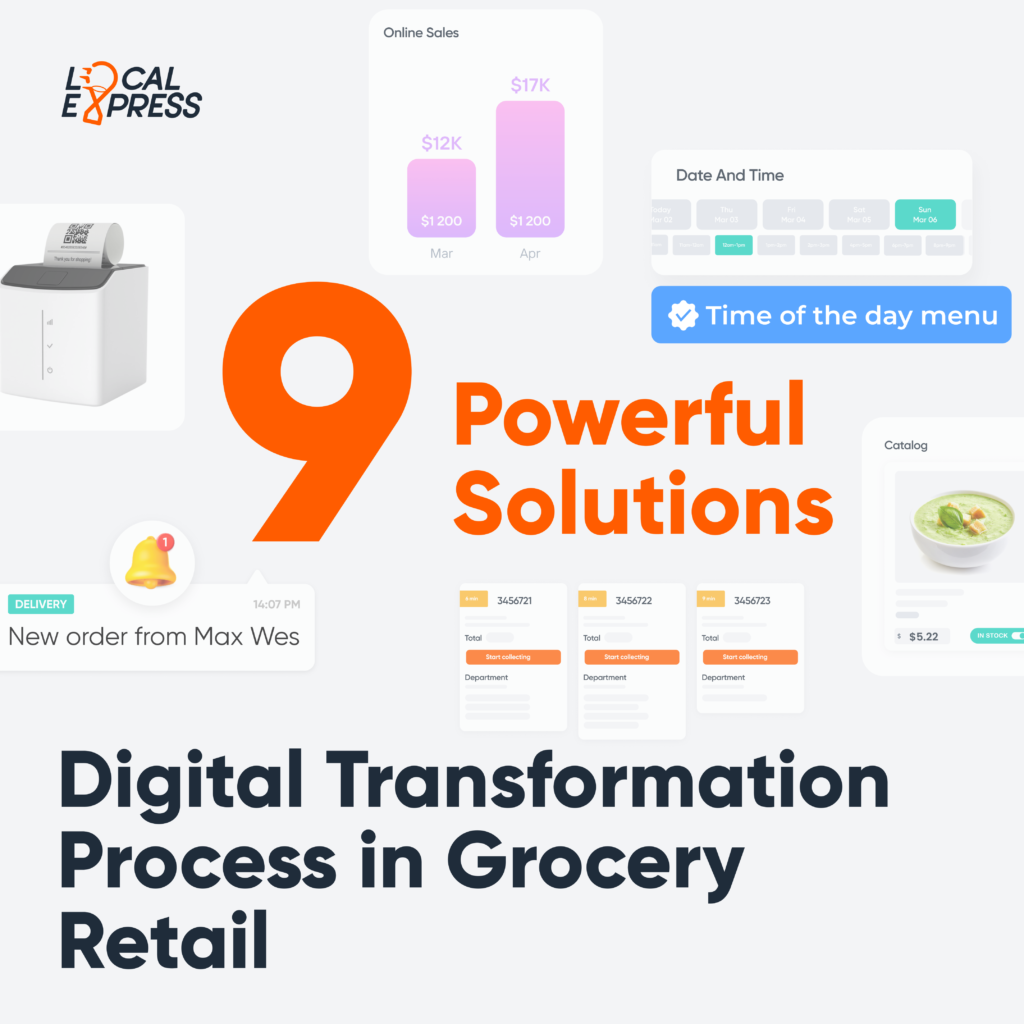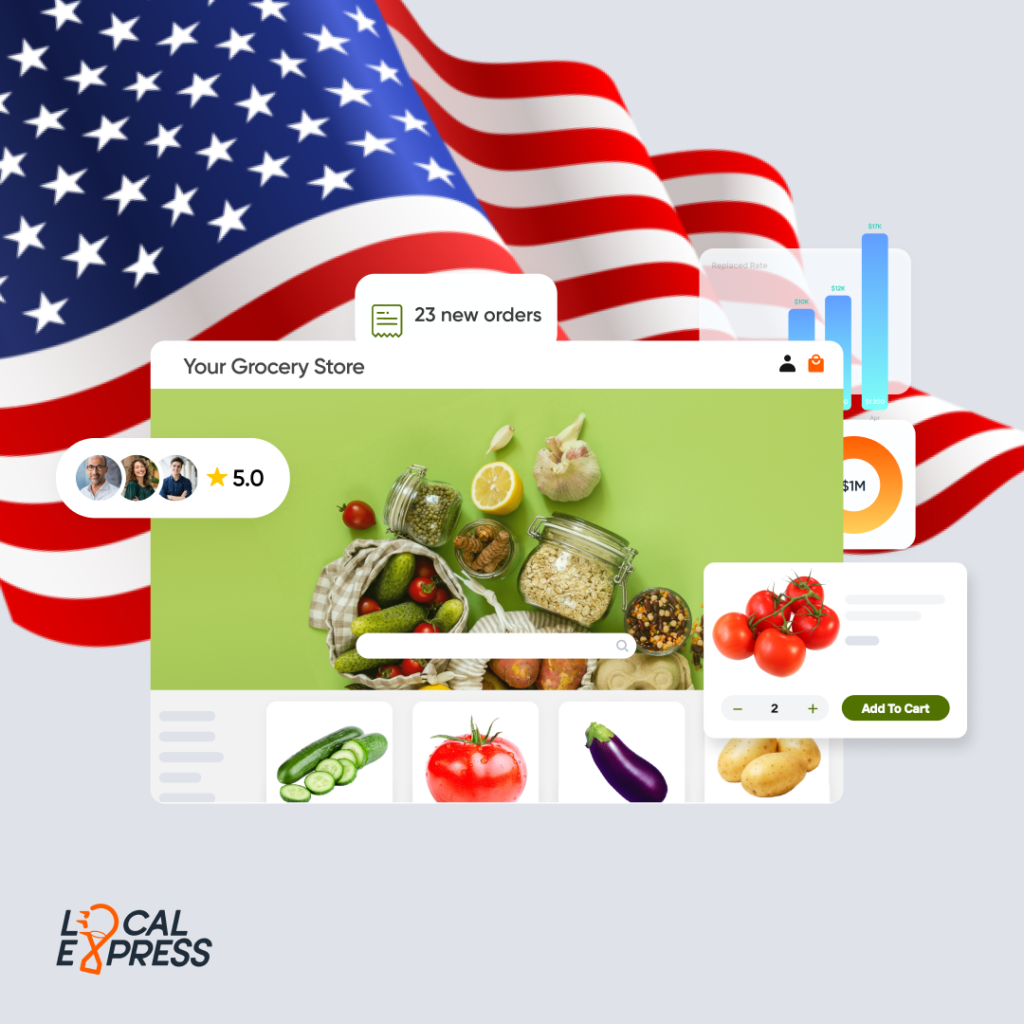As the landscape of eCommerce continues to evolve rapidly, the grocery retail sector is catching up with innovative digital transformation […]
All posts tagged: Online grocery
Best Ecommerce Platform for Grocers and Food Businesses
Local Express ecommerce platform provides you with everything you need to have a cohesive online and in-person presence. With a […]
Quick Checklist to Grow Your Grocery Sales in 2022
Smaller grocery businesses may have found it difficult to compete with larger chains in 2021 because of a lack of […]
How To Reduce Grocery Delivery Costs
Grocery delivery costs often deter customers, and although there’s no surefire way to eliminate those types of charges completely, there are ways to shave off costs in other ways while also selling more products that you can use to grow your online business.
Valentine’s Day Shopping: Quick Tips for Restaurants & Local Grocers
All around the world, this year’s Valentine’s celebration will likely be different from previous ones. With social distancing still in place, many people will switch theme parks and cinemas for a picnic in a local park or a romantic dinner at home. Either way, great food will be involved.
How groceries can boost growth beyond COVID-19
Expanding business online brings forward new challenges. The decisions grocery stores make to meet both the increase in demand and the new competitive landscape will determine their position far beyond 2020.
How Independent Grocery Stores Can Use SNAP To Drive Sales
Retailers need to implement new features to stand out among a number of competitors and meet the market demand.
Why Retailers Should Sell Food Online
The online food sales model isn’t just a key change for 2020—it’s a long-term shift that will affect virtually everyone who purchases their food from a retailer.
Should You Offer Free Grocery Delivery?
When deciding whether or not to free grocery shopping delivery, it’s important to consider all the relevant factors that affect your business. Here are a few tips to get you started.
Search
Categories
Recent Posts
-
 Empower Your Business with a Full eCommerce Enterprise Solution from Local Express
Empower Your Business with a Full eCommerce Enterprise Solution from Local Express -
 Unlock New Revenue with Local Express CPG Ads: Integrating Retail Media & eCommerce in One Platform
Unlock New Revenue with Local Express CPG Ads: Integrating Retail Media & eCommerce in One Platform -
 Revolutionize Your Supermarket’s Data: Unlock Seamless Data Harmonization and Enrich Product Insights with Local Express
Revolutionize Your Supermarket’s Data: Unlock Seamless Data Harmonization and Enrich Product Insights with Local Express -
 Transform the In-Store Experience: Captivate Shoppers and Drive Sales with Local Express’s Innovative Kiosk Solutions for Supermarkets
Transform the In-Store Experience: Captivate Shoppers and Drive Sales with Local Express’s Innovative Kiosk Solutions for Supermarkets -
 Unlock Unmatched Revenue Growth with Local Express’s Made-to-Order Solutions For Supermarkets and Grocery Stores
Unlock Unmatched Revenue Growth with Local Express’s Made-to-Order Solutions For Supermarkets and Grocery Stores
Contact us
- 818.405.9777
- marketing@local.express
- 700 North Brand Blvd, Suite 910, Glendale CA 91203













